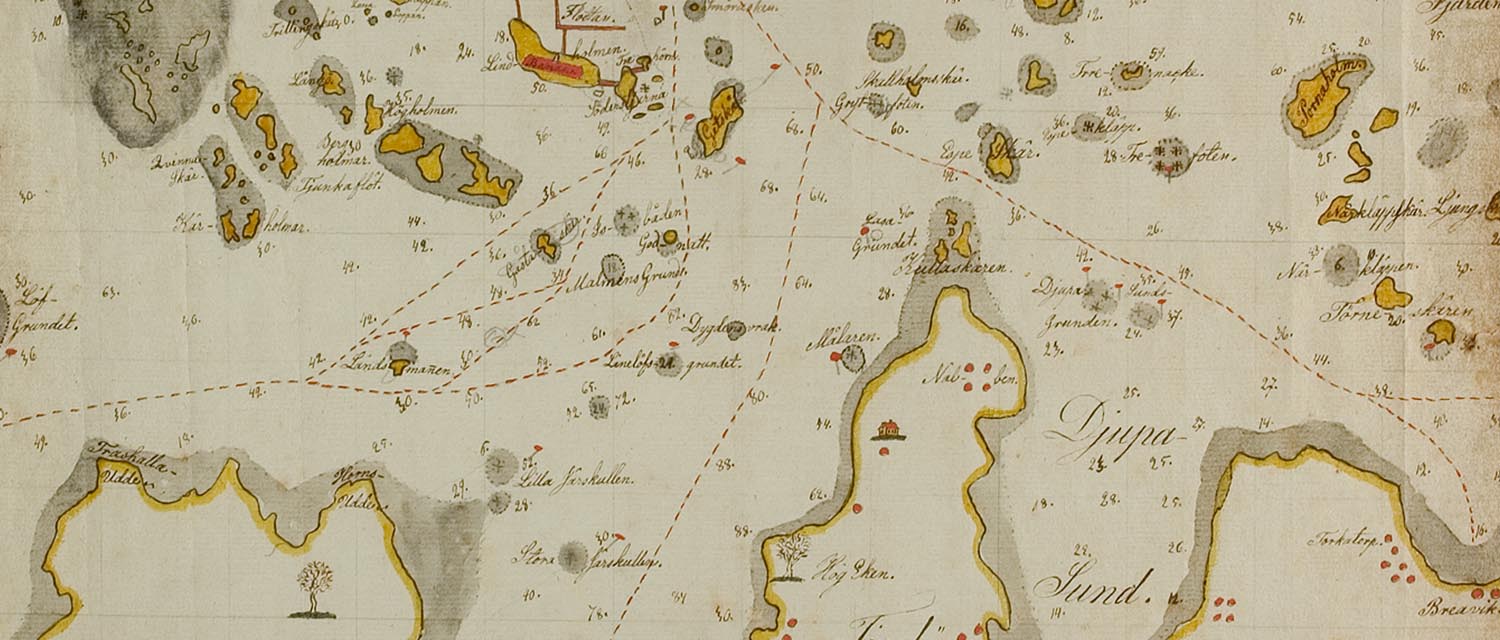In the 1780s, an extensive new shipbuilding programme was underway at the naval yard in Karlskrona. In three years, ten frigates and ten ships of the line were built. The ships were built according to the requirements of the king and navy: they would be shallow-draught, fast and agile, yet they could still be equipped with many guns. The construction was almost like the mass production of the Model T-Ford in the early 20th century in the United States.
One of the ships of the line, Dygden, was launched in 1784 after only 66 days of construction. Four other ships were built even faster, and they were launched after 45 days. However, the ships were not quite ready at launch; interiors and rigging remained.
Dygden took part in several naval battles during the naval war against Russia in 1788-90. At the so-called Viborg gauntlet, she was one of the ships that broke through the Russian blockades of the Gulf of Viborg.
Dygden returned to Karlskrona after the fighting. In 1793, Dygden was located at Tjurkö outside Karlskrona. The crew was supposed to heat up tar on board, but the tar caught fire and starting dripping down over the deck. The fire spread in just a few minutes and when it reached the gunpowder stores, Dygden exploded. Some of the crew were able to rescue themselves to nearby ships, but many perished.
In the spring of 2010, the navy found the remains of a ship at a depth of about 20 metres just northwest of Tjurkö. The wreck was examined later that year, and turned out to be a vessel at least 40 metres long and 13 metres wide with very thick frame and oak planking. Dating of wood samples revealed that the timber was felled after 1747 in present-day Poland, contributing to the discovery of the wreck as Dygden.


